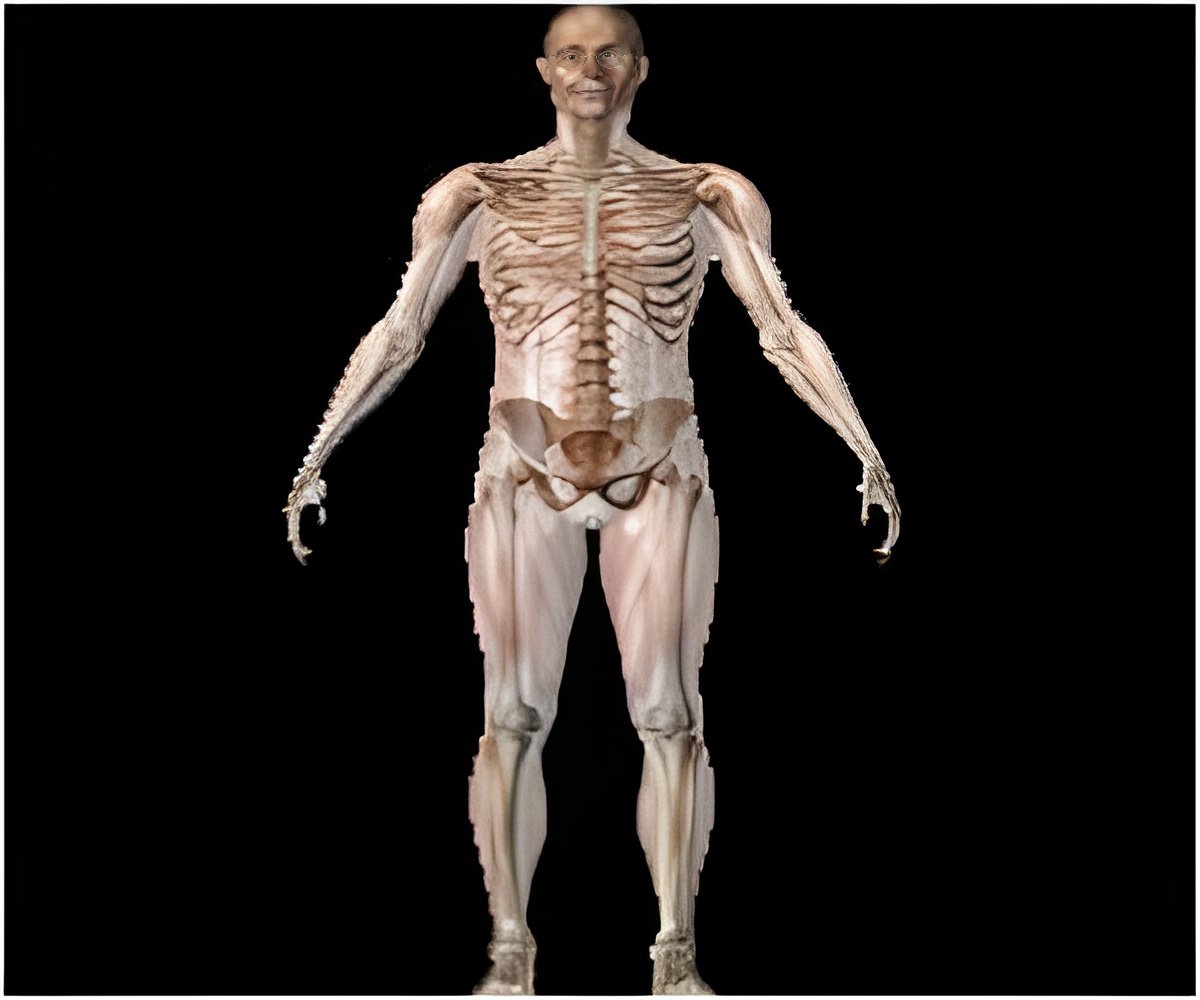
Researcher Carol Ward said that what these new fossils are telling them is that the early species of human genus, Homo, were more distinctive than they thought, adding that they differed not only in their faces and jaws, but in the rest of their bodies too.
Ward added that the old depiction of linear evolution from ape to human with single steps in between is proving to be inaccurate. They are finding that evolution seemed to be experimenting with different human physical traits in different species before ending up with Homo sapiens.
Three early species belonging to the genus Homo have been identified prior to modern humans, or Homo sapiens. Homo rudolfensis and Homo habilis were the earliest versions, followed by Homo erectus and then Homo sapiens.
Because the oldest erectus fossils that have been found are only 1.8 million years old, and have different bone structure than the new fossil, Ward and her research team conclude that the fossils they have discovered are either rudolfensis or habilis. Ward says these fossils show diversity in the physical structures of human ancestors that has not been seen before.
This new specimen has a hip joint like all other Homo species, but it also has a thinner pelvis and thighbone compared to Homo erectus, said Ward, adding that this doesn't necessarily mean that these early human ancestors moved or lived differently, but it does suggest that they were a distinct species that could have been identified not just from looking at their faces and jaws, but by seeing their body shapes as well.
Advertisement
Source-Medindia









